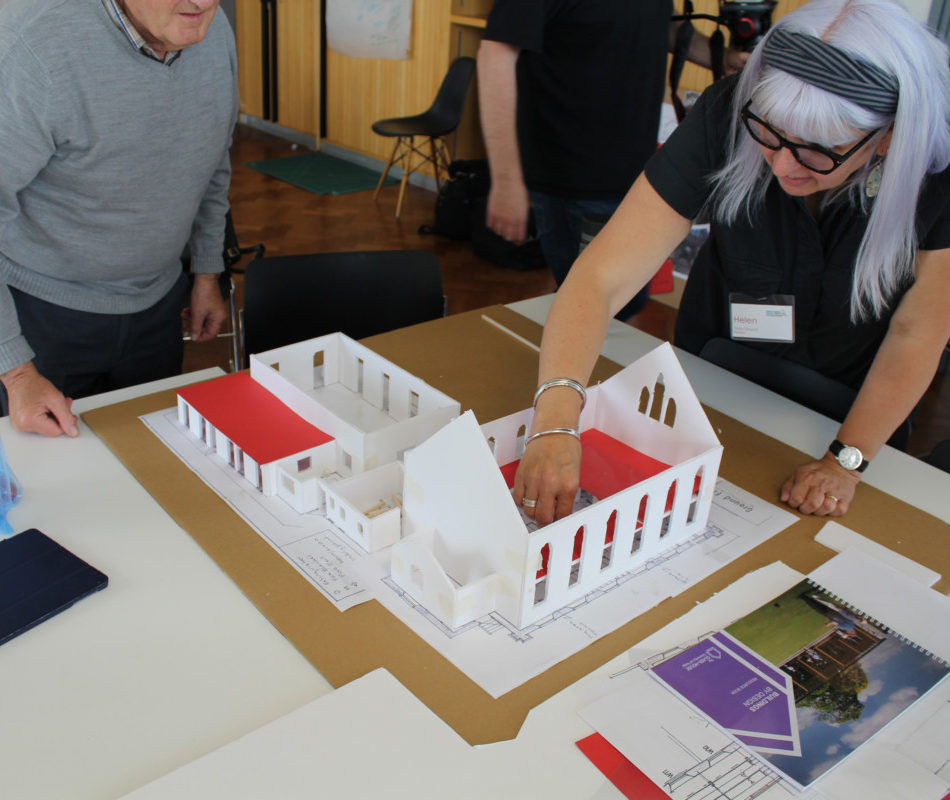Written by:
By Myra Stuart
Examples of how local communities are the experts abounded at our latest Design Training workshop, while a Buddha in a belfry showed us the importance of considering the multiple levels of what community can be and the ways in which communication can be paramount.
New to The Glass-House, I was part of the Empowering Design Practices team helping four groups explore the possibilities for developing their very different churches over two days in Sheffield. Our Design Training for people who run community buildings, based on The Glass-House course Buildings by Design, aims to give them design tools and confidence to lead refurbishment and reordering projects. We offer a space to explore their ideas and the ways they might involve their wider communities.
This time we welcomed four hard working and inspired groups from:
Blackley Baptist Church and the Blackley Centre
Trinity Rawdon
Rotherham Minster
St Michael’s, Byker
Challenges for the groups ranged from how to protect sacred spaces whilst enabling multiple uses, to how to rework a building that is in many ways an empty shell when the budget is tight.
The completed projects we visited during the course helped our participating groups explore questions of both design and community involvement, balancing keeping space for worship with providing much needed community spaces, creating income streams, and using the building through the week rather than letting it stand empty. One space we visited, The Sheffield Buddhist Centre, is the focus of one of our Design Stories. We also visited St Mary’s Church, that is a thriving conference centre, and at The Victoria Centre, debated the pros and cons of entering a church through a café.
Returning on day two, the groups were introduced to spatial drawing and modelling skills, and were encouraged to use these as the experts of their own spaces. Having been trained in architectural techniques when returning to education at 30, I was struck by how useful picking up these basics can be in being able to visualise different possibilities for a space. Also the truth, that with a bit of support, it’s something we can all learn. We discussed community engagement, returning to the idea that communities are multifaceted and there will usually be a number of different layers and groups to engage in any project.
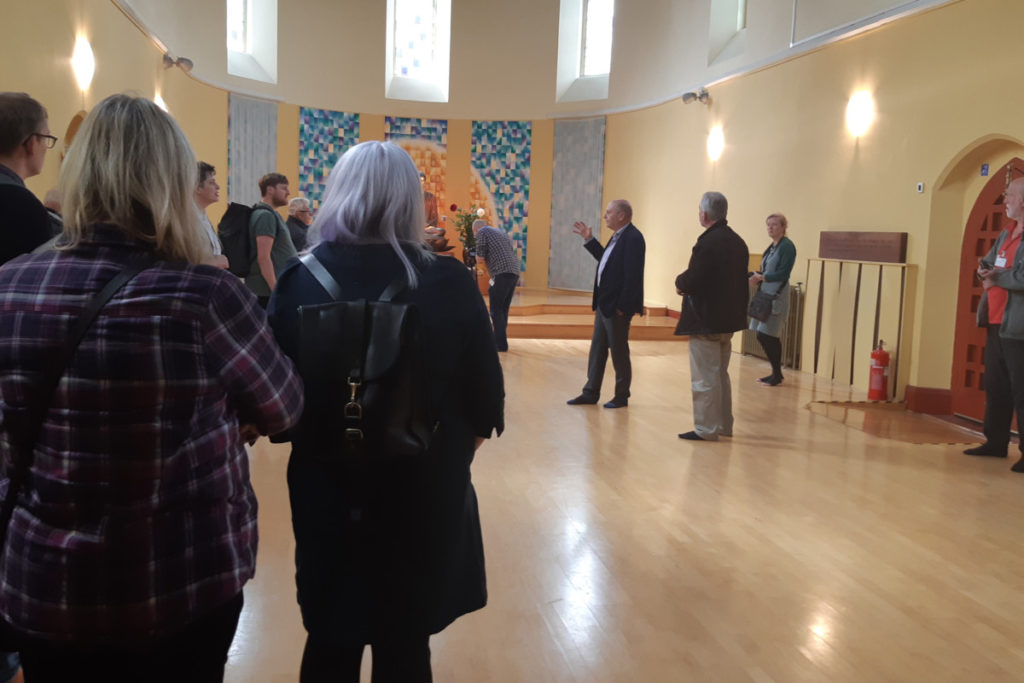
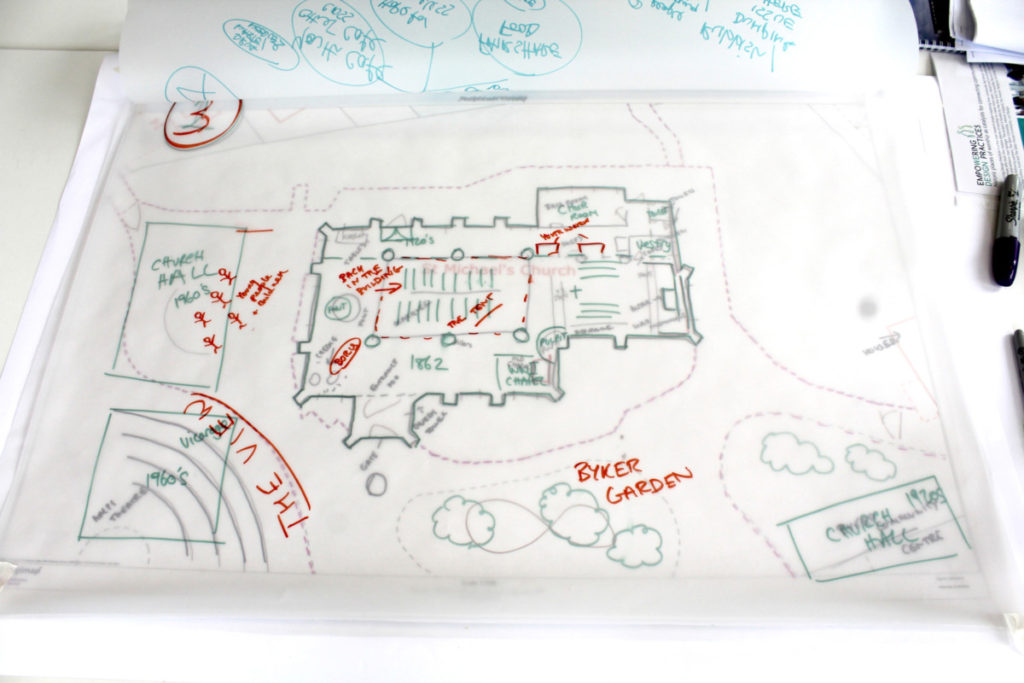
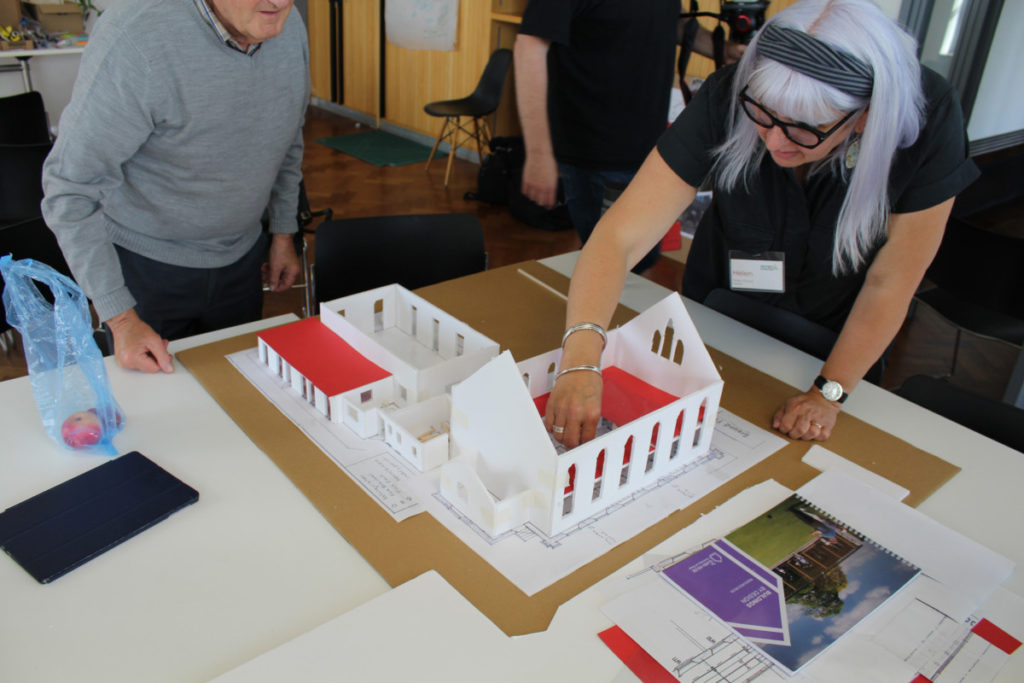
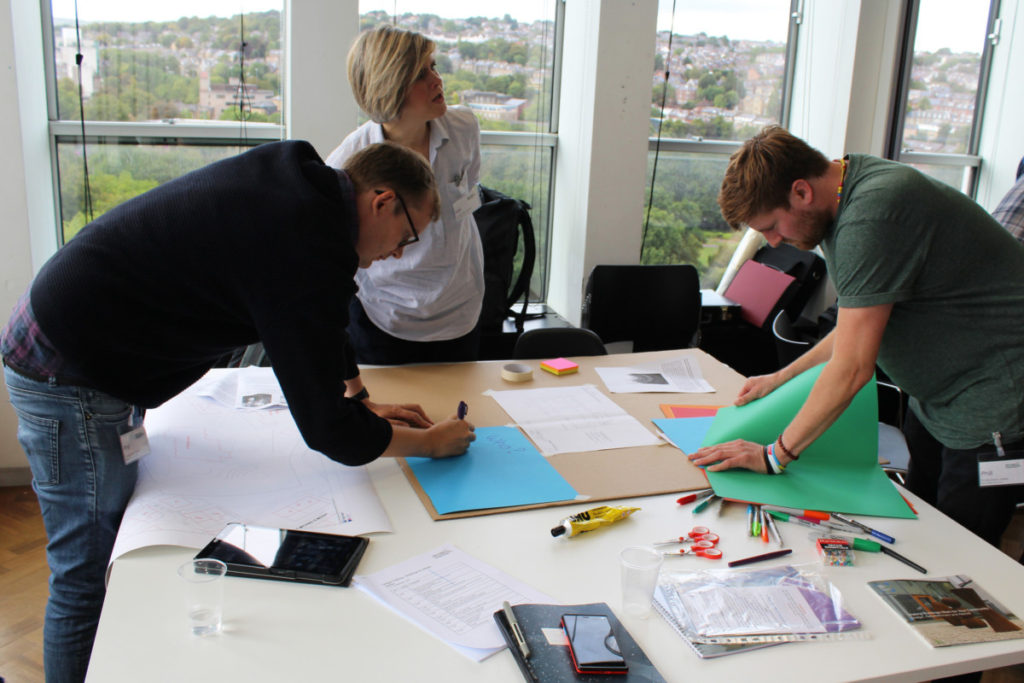
As the models rose from the cardboard bases, we were struck with the very different buildings the church groups were working with and their challenges and opportunities, some unique and some common across the sector. From laughing about the shared experiences of lack of storage and complex heating requirements, the models showed the churches’ different histories, architectural styles and qualities. Some with the more traditional long leaded glass windows, another an enormous mill-like structure capable of accommodating 600.
Groups visibly encountered their spaces in a new way through constructing the models. They explored through their churches, outbuildings and halls, the spaces where interventions might make a difference. One group considered the possibility of glass doors across the back of their building, to open up to spaces where local young people congregate and to welcome them in. This connected their social outlook and mission to ways they might develop the building’s architecture. It reminded me once again that communities are the experts of their situations, and of the many facets of community that need to be considered when engaging the community in the design of their built environment.
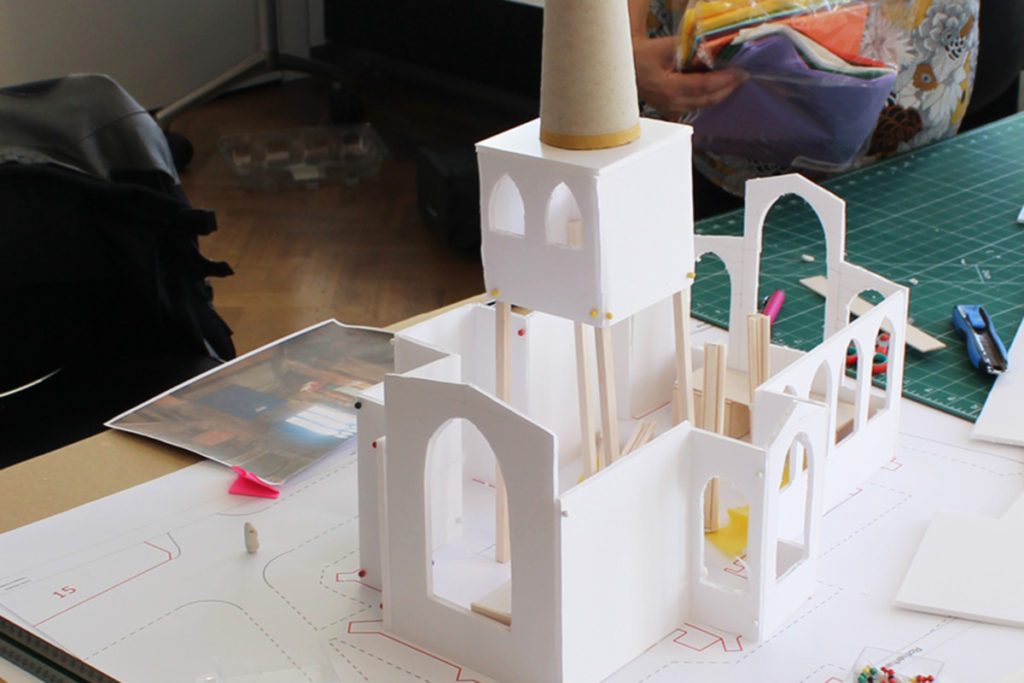
Myra Stuart is Design Enabling and Research Manager at the Glass-House Community Led Design and a member of the Empowering Design Practices team.
